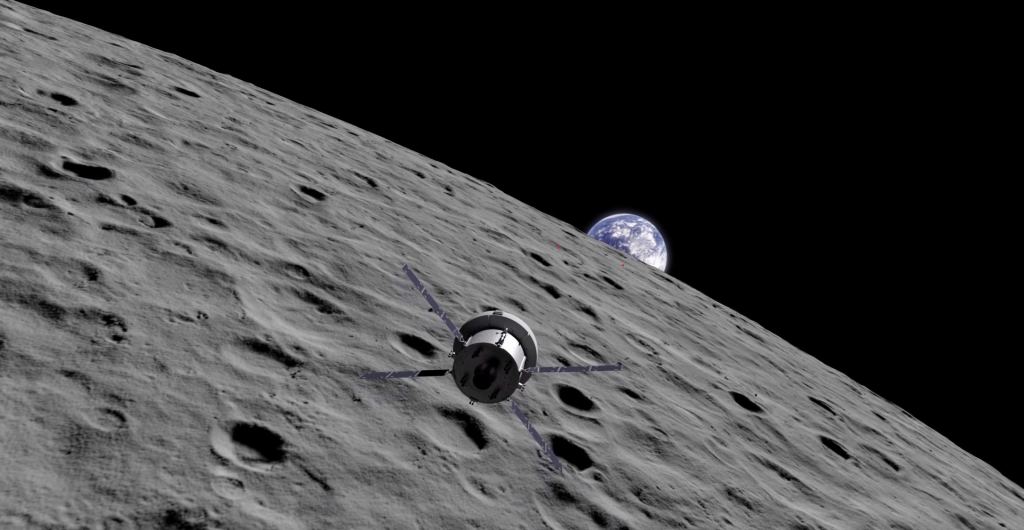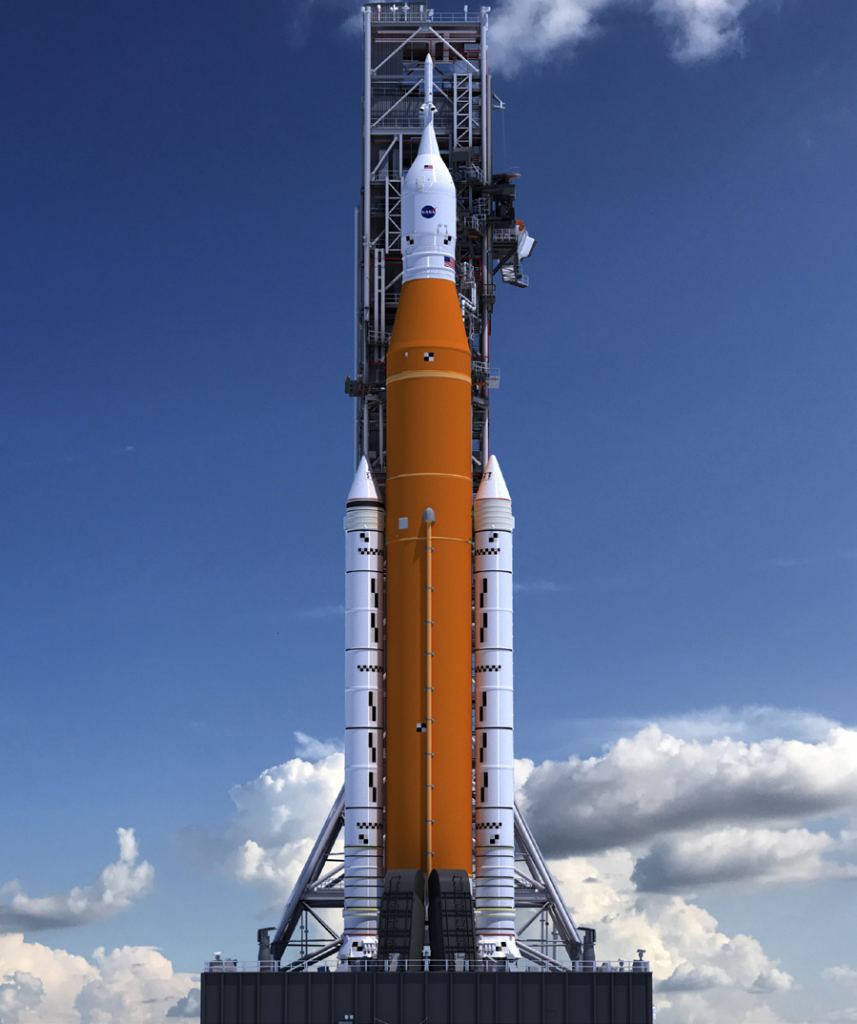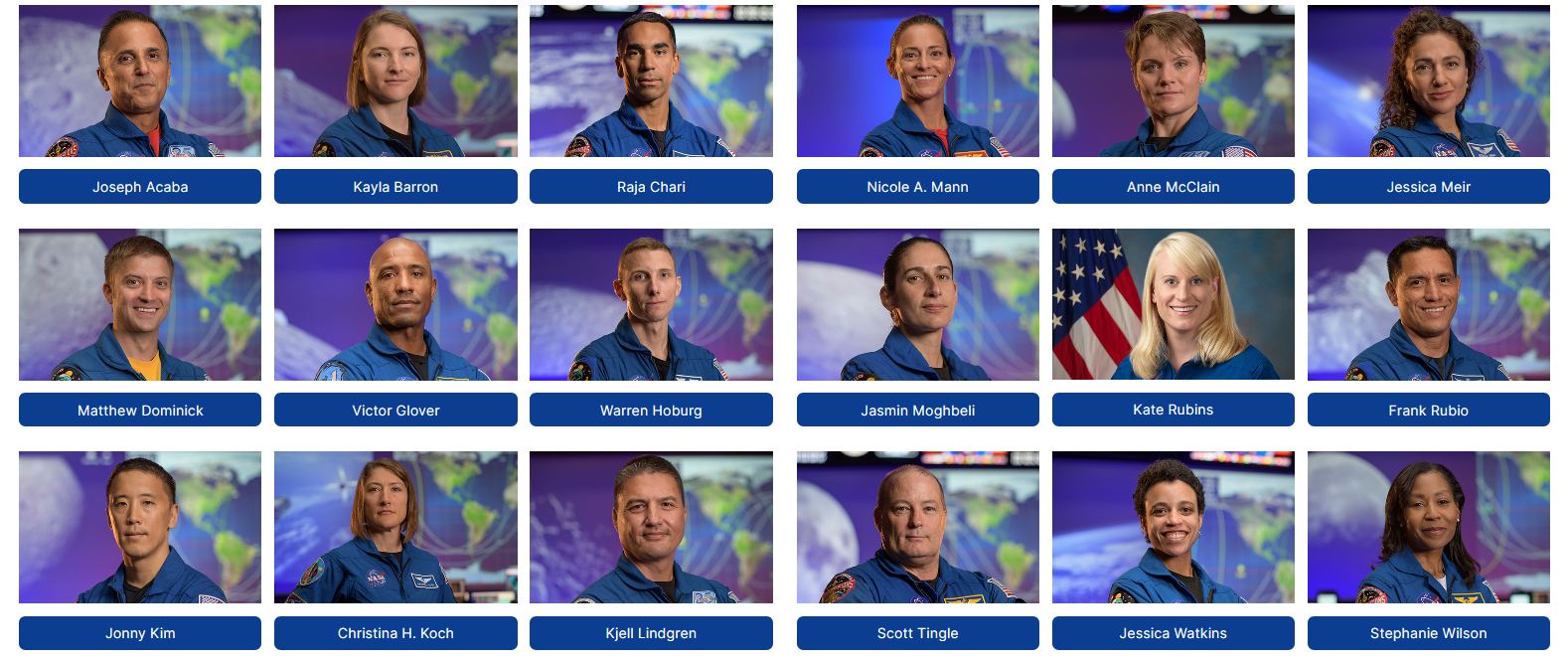In less than four years, NASA will be sending the “first woman and next man” to the Moon as part of the Artemis III mission. This will be the first time that astronauts have landed on the lunar surface since the final mission of the Apollo Program, which was Apollo 17 in 1972. After careful consideration, NASA has announced the names of the 18 astronauts that make up the Artemis Team.
The team was announced last Wednesday (Dec. 16th) during the eighth meeting of the National Space Council (NSC) at NASA’s Kennedy Space Center in Florida. During the meeting, Vice President Mike Pence introduced the NASA astronauts and remarked on the historic significance of their selection:
“I give you the heroes who will carry us to the Moon and beyond – the Artemis Generation. It is amazing to think that the next man and first woman on the Moon are among the names that we just read. The Artemis Team astronauts are the future of American space exploration – and that future is bright.”

Project Artemis is the culmination of many decades of hard work and dedication from countless NASA personnel and commercial partners. It all began in the mid-2000s with the Constellation Program, which eventually morphed into NASA’s “Journey to Mars.” Intrinsic to these plans was the creation of a new heavy launch system and crew-capable space capsule that would allow for missions to the Moon and other deep space destinations.
This resulted in the development of the Space Launch System (SLS) and the Orion space capsule. NASA has already flight-proven the Orion design and built the capsules that will be used for the Artemis I and II missions (formerly known as Exploration Mission-1 and -2). Whereas the first mission will send an uncrewed Orion around the Moon, the second will send astronauts on a circumlunar flight.
The various components that make up the SLS are still being assembled, tested, and integrated, and it remains unclear if it will be ready in time for the inaugural launch. Luckily, NASA is prepared to go with a commercial launch vehicle in the event of further delays – such as SpaceX’s Falcon Heavy, Blue Origins New Glenn, or the ULA’s Vulcan Centaur.
The program also leverages data accumulated by multiple robotic missions that have mapped out the South Pole-Aitken Basin and its abundant supply of water ice in greater detail. Beyond Artemis III, NASA plans to build an outpost in this area (the Artemis Base Camp) by the end of the decade. Combined with the Artemis Gateway (aka. the Lunar Gateway) in orbit, this infrastructure will allow for a “program for sustainable lunar exploration.”

Flight assignments of the Artemis Team will be announced later, and additional team members (including astronauts from partnered space agencies) will also be joining the group. This includes one astronaut from the Canadian Space Agency (CSA), which will fly aboard the Artemis II mission as it makes its circumlunar flight. NASA Administrator Jim Bridenstine was also on hand and had the following to say about the team:
“We are incredibly grateful for the president and vice president’s support of the Artemis program, as well as the bipartisan support for all of NASA’s science, aeronautics research, technology development, and human exploration goals. As a result, we’re excited to share this next step in exploration – naming the Artemis Team of astronauts who will lead the way, which includes the first woman and next man to walk on the lunar surface.”
The Artemis I mission is currently scheduled for November of 2021 and is expected to last 25 days. Artemis II, which could include a deep-space rendezvous with another spacecraft at this point, will last an estimated 10 days and is scheduled to launch by 2023. If all goes according to plan, the first mission to the lunar surface since the Apollo Era will take place in October of 2024.
In the meantime, NASA continues to work with commercial partners to develop human landing systems (HLS), a reusable lunar lander that will allow astronauts to travel to and from the lunar surface from the Orion capsule. The Artemis III Science Definition Team also released its final report, which defines the objectives for the crewed lunar mission and the larger program.
NASA also released the Artemis Accords back in May, which has since been signed by seven partner nations and their space agencies. And with the members of the Artemis Team now announced, NASA is finally able to put a human face on humanity’s long-awaited return to the Moon. As Chief Astronaut Pat Forrester said:
“There is so much exciting work ahead of us as we return to the moon, and it will take the entire astronaut corps to make that happen. Walking on the lunar surface would be a dream come true for any one of us, and any part we can play in making that happen is an honor. I am proud of this particular group of men and women and know that any of them would do an outstanding job representing NASA and the United States on a future Artemis mission.”
Before this decade is over, NASA and its partners will have revitalized lunar exploration and established a human presence on Moon. They will be joined by other space agencies like the Chinese National Space Agency (CNSA), Roscosmos, and the European Space Agency (ESA), all of which will have sent astronauts to the Moon for the first time.
Our long-awaited return to the Moon will have finally happened. This time around, we’ll be putting down roots! To learn more about the people who will be leading the way there, check out the full Artemis Team and their stories here!
Further Reading: NASA

